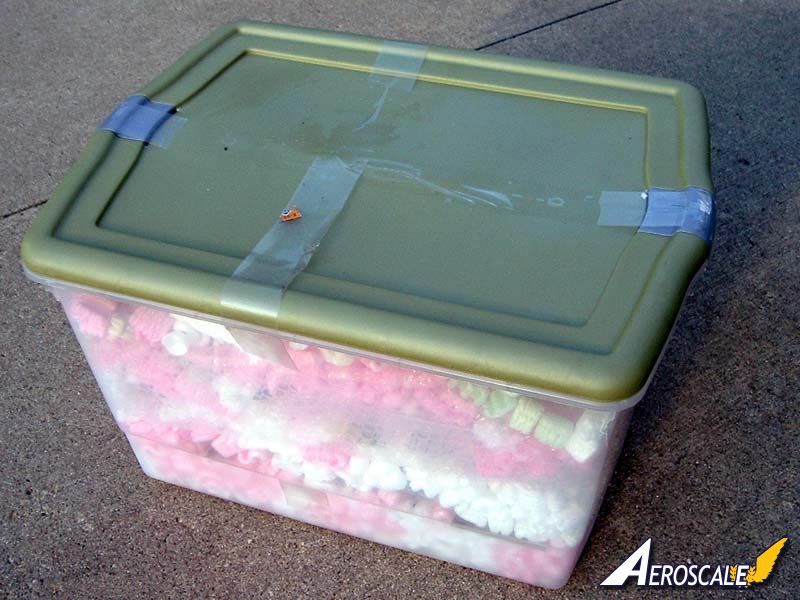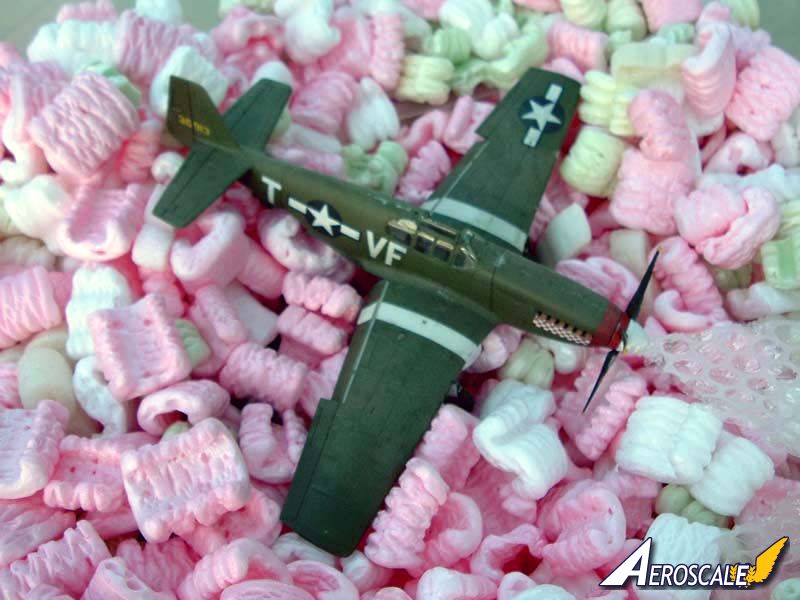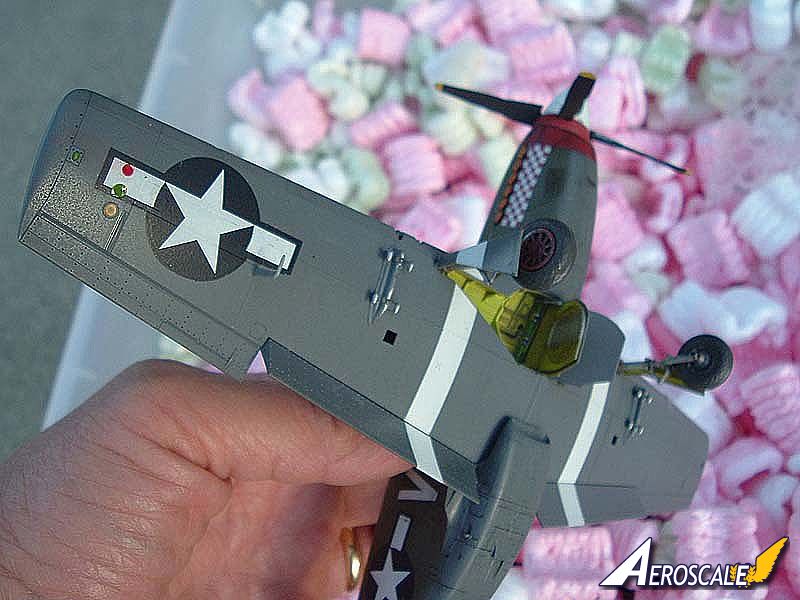Every now and then posts the question how do I pack my models for shipping or traveling?
Three years ago I packed up my favorite models for a cross-country move. Movers, moving trucks--all that fun.
Now, after being entombed for 3 years, 3,600 miles, and 3-5 changes of locale, I am unpacking on of my tubs. Before you see the photos, here's how I packed them (Siderius, you've been waiting for this day, too!):
- Create a foundation of styrofoam peanuts. Place the models so that they will not touch. Add more peanuts. Use bubblewrap, etc., to separate layers of models.
- Small / medium models, 1/72 biplanes, figures, 1/100 jets with lots of external stores, the 1/48 Buffalo with its antenna and wire: bag 'em! I put them in a zip lock bag. This protects the model from becoming entangled in the packing product. The key is removing the air. I open the very end of a baggie just enough to insert a straw, suck the air out, then quickly reseal the bag. This keeps the model from sliding around inside the bag. Any pieces that comes loose is contained with the model.
- Parts that may come loose, I remove them and seal them in with the model, or for unbagged models, in a separate baggie.
- Larger models, 1/48 P-51 and torpedo plane: place in a sea of peanuts.
The conveyance

Hey, where's Al Capone's treasure???

Shangri La sees daylight!

Nothing, not pitot tube nor gear doors, came loose.

1/100 F-104 -- only the horizontal stabilizer came loose.

The Buffalo -- antenna mast and wire undamaged.

To remove the models without worry of snagging something (don't have to worry if it is bagged) while brushing away peanuts, just take a breath, and blow the packing away (see video)!
Pardon the poor video--I was not planning to video this until after I started. I tried to change positions to attenuate the glare, while showing the model was not damaged.
The Video


















